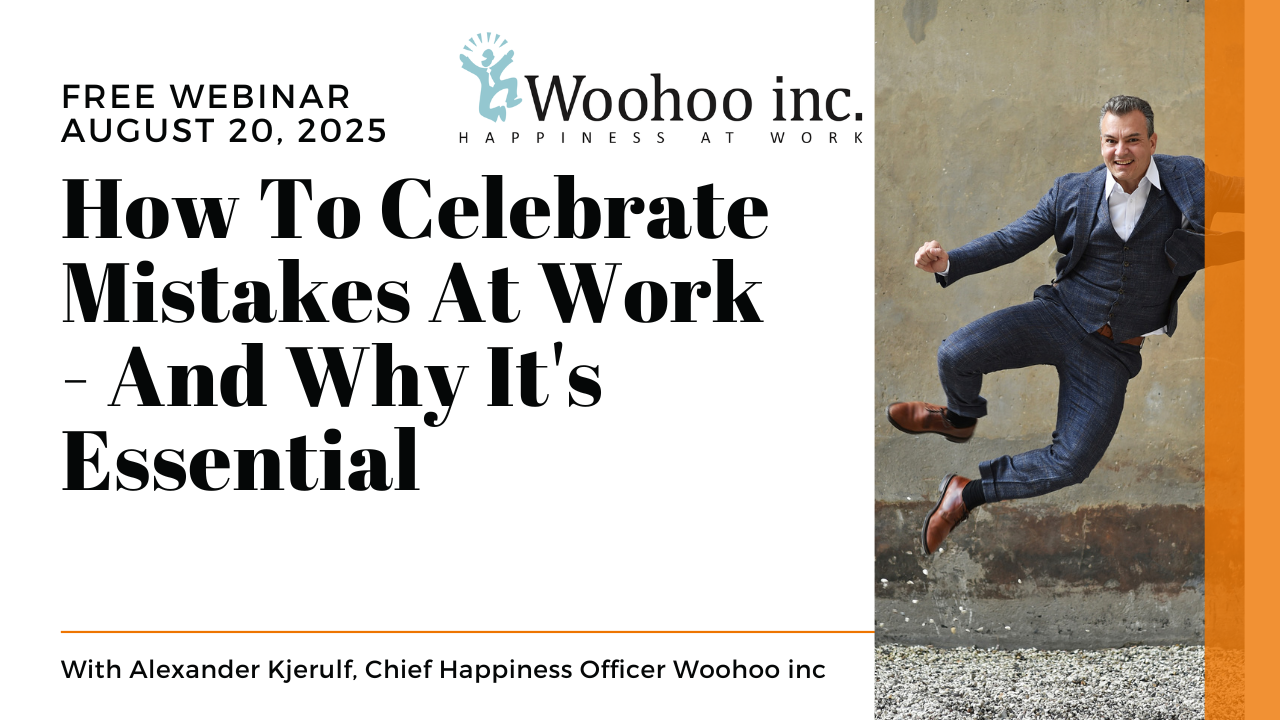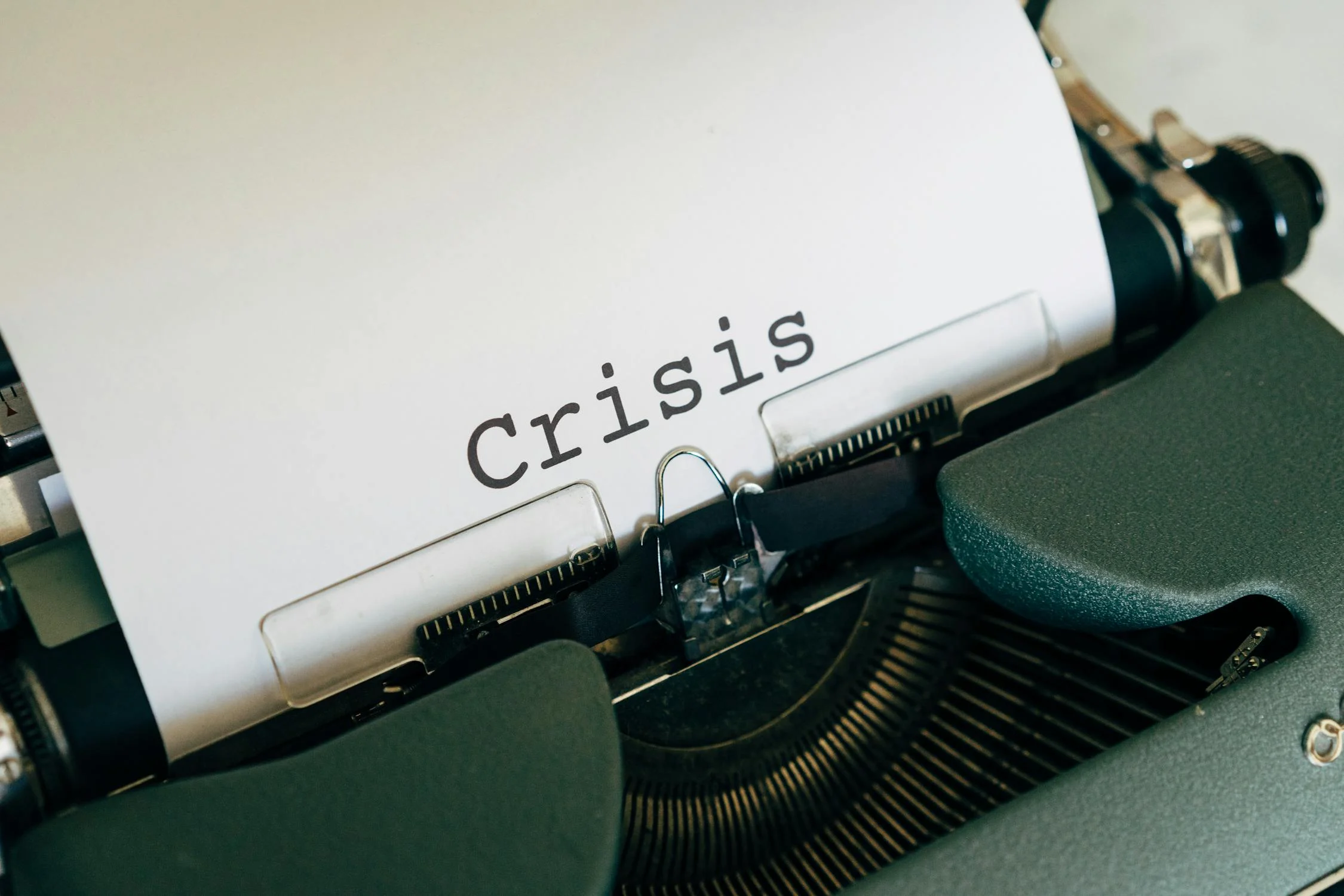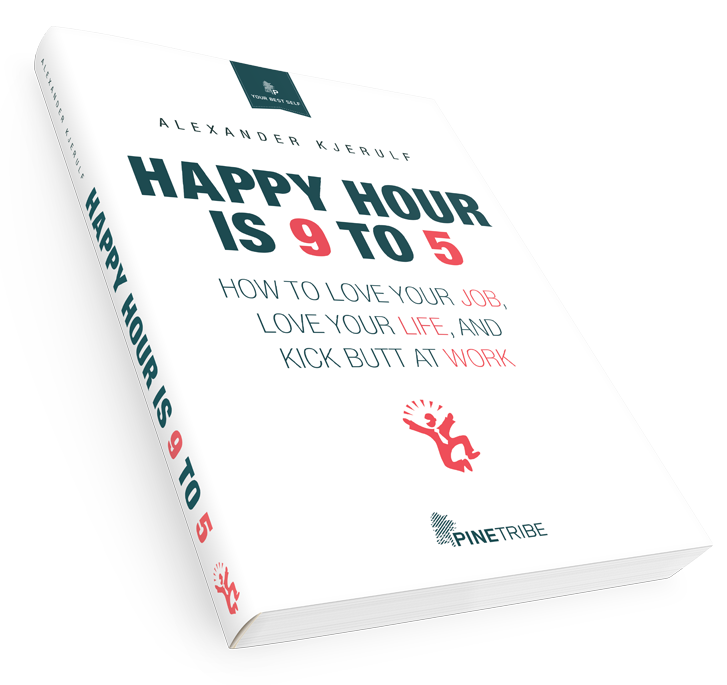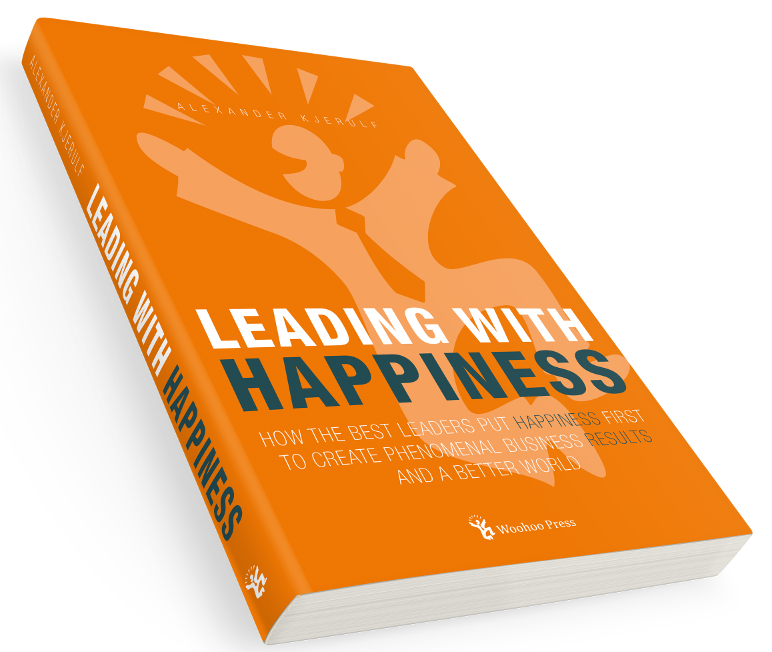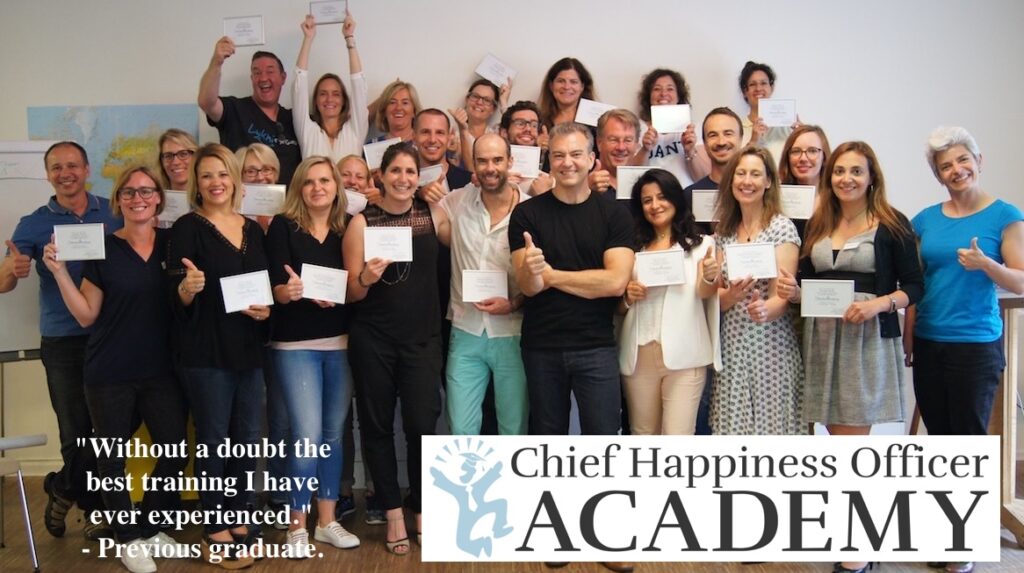This story was sent to me by Maria Bakari, who I met at the Kaospilots conference in January. She’s greek and I’m half-greek, so we had an instant connection. Maria does not have a blog, so with her permission, I’m posting the story here:
Yesterday I had the special pleasure to meet Mr and Mrs De Montalembert. The parents of the Marc de Montalembert Foundation which has been established here in Rhodes in 1994. The Foundation was created in the memory of their son, Marc, who passed away in a sailing accident outside Rhodes, near the Turkish shores in July 1993. His parents, French-born Marc Renee and Italian-born Manuela, have made it their mission to carry on the ideals that they feel Marc would have wanted to promote. They say of Marc: “He had a vision of the world animated by tolerance and inter-cultural understanding”.
The Marc de Montalembert Foundation, offers young people under the age of 30 the opportunity to win a 7,000-euro grant to travel around Mediterranean countries and pursue research on their subject of choice. The winner of the grant is also given the chance to stay for a period of up to six months at the Foundation, located in the Medieval town of the island of Rhodes.
The couple believes that the grant enables young people from Mediterranean countries to bring down barriers and raise awareness of cultural similarities and means of communication with people who appear ‘too different’. “Young people are particularly able to bridge over differences and overcome the anxiety when faced with the unknown, they say. Overcoming isolation and ignorance is the greatest challenge. This is why a major activity of the Foundation is the annual grant, enabling a Mediterranean youngster to discover and study the cultures of the region”.
I truly felt privileged to be able to be in touch with this vision, this beautiful ?in many aspects- dream and the magnificent beauty of the summerhouse and gardens where the Foundation is hosted combining elements of the cultural diversity (particularly Byzantine, Ottoman and Medieval) of this blessed island. While being guided in the garden and listening to the story of the place being restored and transformed (from an abandoned property to an inspiring pavilion) I could feel the honour, the integrity and the respect that this space holds.
(more…)

